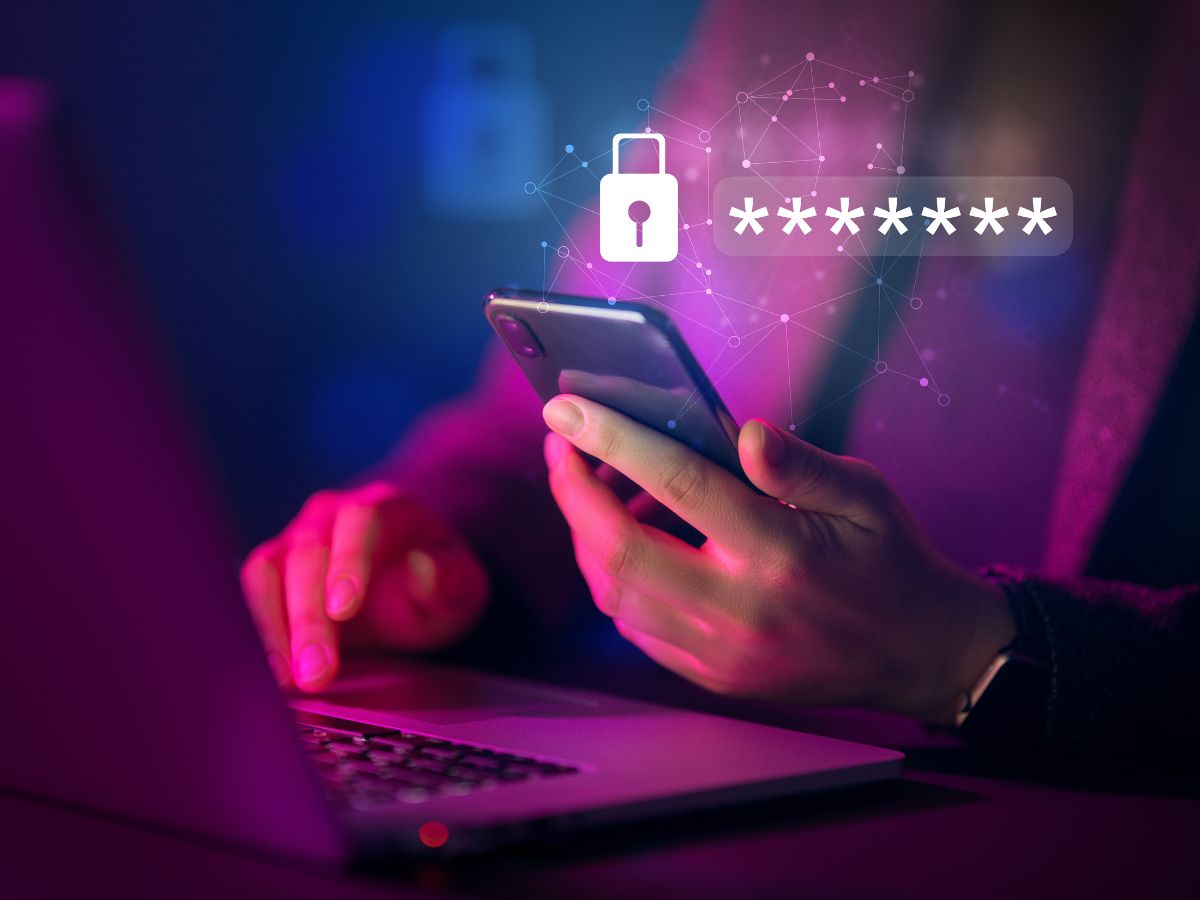Exploring the Latest Bank Security Solutions
The integration of AI and ML technologies also enhances the overall efficiency and accuracy of security systems.

As the world becomes increasingly digital, the banking industry finds itself under constant pressure to evolve and adapt to new challenges. Cybersecurity threats, in particular, have become a high-stakes game, warranting robust protective measures. Among the most promising avenues for ensuring safety is the incorporation of advanced bank security solution methods. These innovative tools and strategies leverage technology to safeguard sensitive financial data and maintain the trust of millions of customers worldwide.
The Rise of Biometrics in Bank Security
Biometric technology is increasingly finding its way into bank security solutions. Biometrics refers to the unique physiological and behavioural traits that can identify an individual. The most common forms of biometrics include fingerprint scanning, facial recognition, and iris scanning. Many banks are now using these biometric measures for user authentication, providing an extra layer of security.
The primary advantage of biometric technology is its robustness against fraud. Unlike passwords and PINs, biometric characteristics are unique to each individual and extremely difficult to replicate. For this reason, they can provide a highly secure method for verifying the identity of a customer or user.
AI and Machine Learning: The New Frontiers
Artificial Intelligence (AI) and Machine Learning (ML) are revolutionizing many sectors and banking is no exception. These technologies enable banks to analyze vast amounts of data in real-time, identifying patterns that human analysts might miss. They can detect unusual transactions or behaviour that could indicate a security threat, such as fraud or identity theft.
In addition, AI and ML can help automate many routine security tasks, freeing up staff to focus on more complex issues. They can also help predict future threats based on past patterns, allowing banks to take preemptive action. The integration of AI and ML technologies also enhances the overall efficiency and accuracy of security systems, reducing human error and improving response times. With their ability to continuously learn and adapt, these technologies provide a proactive defense against evolving cyber threats.
Join PSU Connect on WhatsApp now for quick updates! Whatsapp Channel
Read Also : PESB unable to find any suitable candidate for CMD post of ECILBlockchain Technology and Distributed Ledger
Blockchain technology, most commonly associated with cryptocurrencies, is another promising security solution. A blockchain is a decentralized and distributed ledger, meaning that it is not stored in any single location but spread across multiple nodes. This makes it highly resistant to tampering or hacking.
Banks can use blockchain technology to secure transactions, contracts, and other sensitive data. The inherent transparency of blockchain also improves accountability, making it easier to trace and rectify any issues.
Read Also : BEML signs MoU with DIAT Pune for Advancing Research Technologies
Cybersecurity Training for Employees
While advanced technologies are crucial, the human element remains a significant factor in security. Employees need to be aware of potential cybersecurity threats and the best practices for preventing them. Regular training and education can significantly reduce the risk of security breaches caused by human error.
Cybersecurity training programs typically cover topics like recognizing phishing emails, using strong passwords, and secure browsing habits. They also emphasize the importance of reporting any suspicious activity, enabling banks to respond quickly to potential threats.
Overall, the future of banking lies in the seamless fusion of finance and technology, where security is a top priority. The advent of advanced technologies such as biometrics, AI, and blockchain provides a robust arsenal of tools to combat the ever-evolving landscape of cyber threats. Coupled with a strong emphasis on cybersecurity training for employees, these tools represent the latest and most effective security solutions.
However, as technology continues to evolve, so will the nature of threats. Banks must remain vigilant and proactive, continuously adapting and refining their security strategies. In this era of digital transformation, staying ahead of the curve is not just beneficial—it's essential. The ultimate goal is to create a secure environment where customers can conduct their financial transactions with absolute confidence and peace of mind.
Read Also : Coal India hikes Workers' Ex-Gratia from Rs 15 Lakh to Rs 25 Lakh: Govt